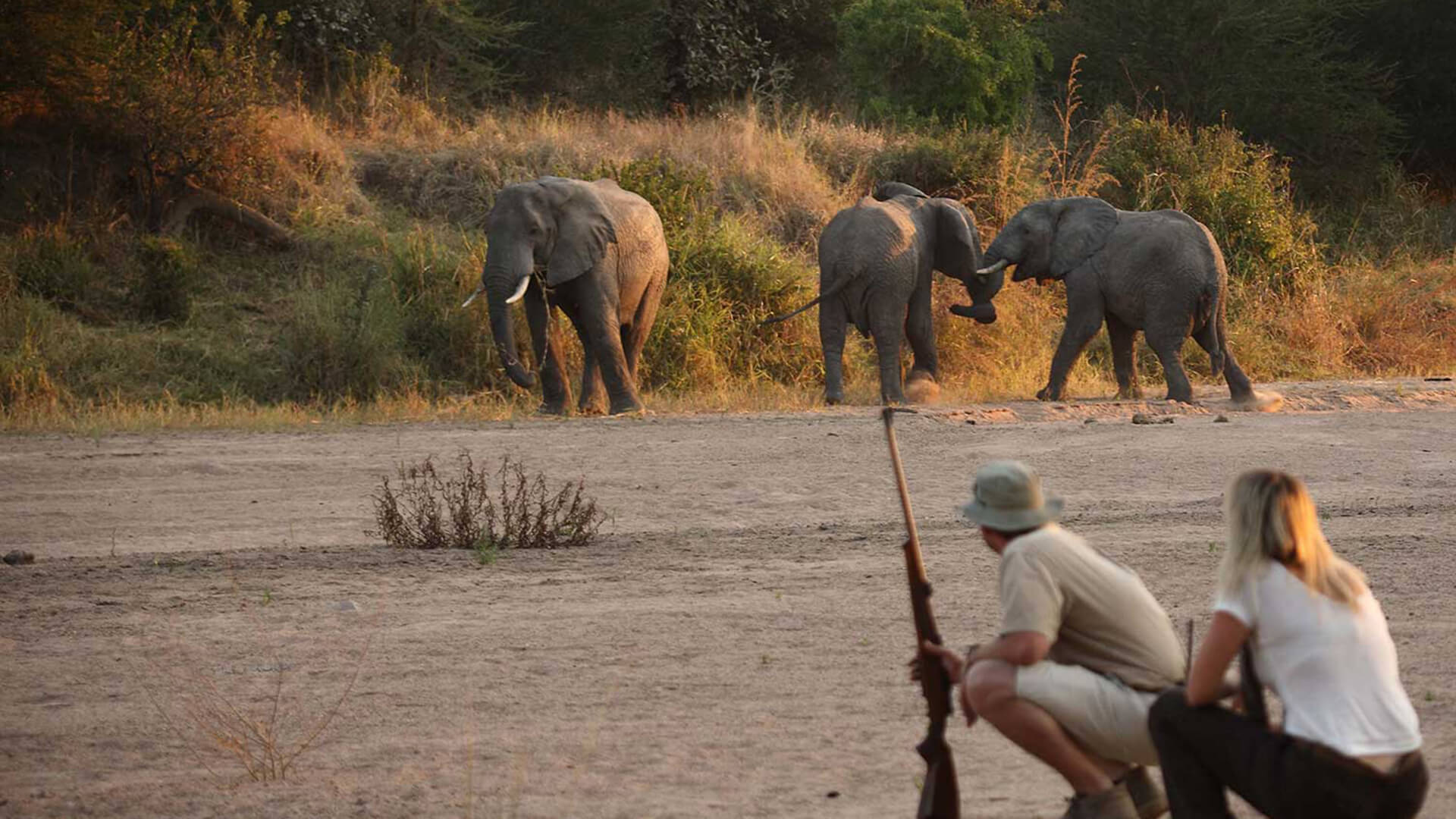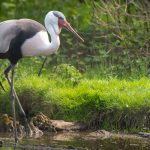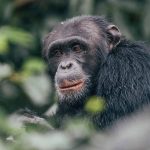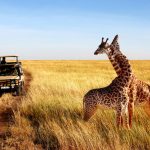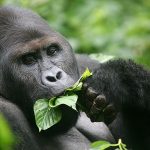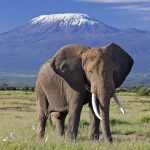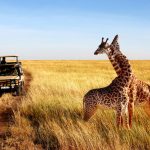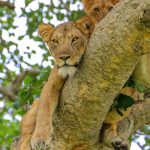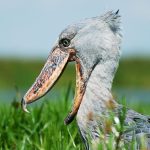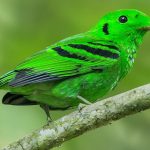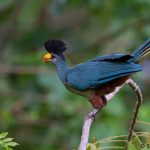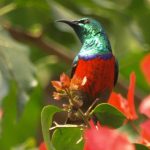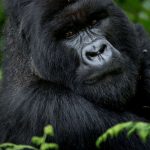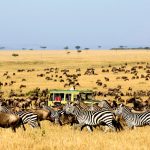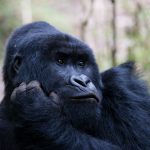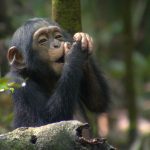Ruaha is well known for its varied dramatic scenery, which includes rolling hills; large open plains; groves of skeletal baobabs and along its southern border, the Great Ruaha River, from which the park gets its name. This is by far the most dominant geographical feature of the national park and, for the wildlife, it is the most important. Ruaha has a hot, dry climate which means the animals don’t tend to stray too far from dependable water sources. This makes predicting game movements far easier particularly in the dry season.
The best game viewing in this national park is generally from May to November, but the bush is greener and prettier from January to June, and birding peaks during the European winter months of December to April.
RUAHA’S WILDLIFE
Ruaha’s prolific game reflects this transition. There is a real mix between species more commonly associated with southern areas of Africa, and species which are widespread in the south such as; buffalo, zebra, Defassa waterbuck, impala, bushbuck, giraffe, Lichtenstein’s hartebeest, greater kudu (some of the most handsomely horned males you’ll come across anywhere in Africa) also the more elusive roan and sable antelope. Grant’s gazelle and lesser kudu are also found here and are good examples of game that is more typically associated with areas further north. (It’s also one of the few places where you can see both greater and lesser kudu in the same area.) Ruaha National Park is also home to the largest elephant population found in of any Tanzanian national parks, with some 12,000 elephants migrating through the greater Ruaha ecosystem each year.
It is also an excellent park for predators. Lions are not only numerous and very habituated to vehicles, but the prides tend to be unusually large, often numbering more than 20 individuals. Cheetah can often be seen hunting on the open plains; and the park has a particularly good reputation for leopard sightings. It is one of the last major strongholds for African wild dog populations with more than 100 found here. Black-backed jackal and spotted hyena are both very common and easily seen, and the rarer striped hyena, though seldom observed, also lives here.
RUAHA’S BIRDLIFE
Ruaha’s birdlife is extraordinary, with over 580 species sighted in the park once again with an interesting mix of southern and northern species. Of particular note are substantial and visible populations of black-collared lovebird and ashy starlings, this is perhaps the only savanna reserve in East Africa where the crested barbet replaces the red-and-yellow barbet.
Along the rivers expect to find water birds like goliath herons, saddle-billed storks, white-headed plovers and the white-backed night heron. There are six species of both vultures and hornbills including the recently described Tanzanian red-billed hornbill.
Raptors are also well represented; with bateleur and fish eagle probably the most visible large birds of prey, and the localised Eleanora’s falcon quite common in December and January.
Keen bird-watchers visit Ruaha National Park from mid-November to March, when migrant birds swell the numbers. Then a variety of waders appear along the riverbanks, together with flocks of white and Abdim’s storks. The sooty falcon arrives from the Sahara Desert, and the rare Eleonora’s falcon from the Mediterranean.


